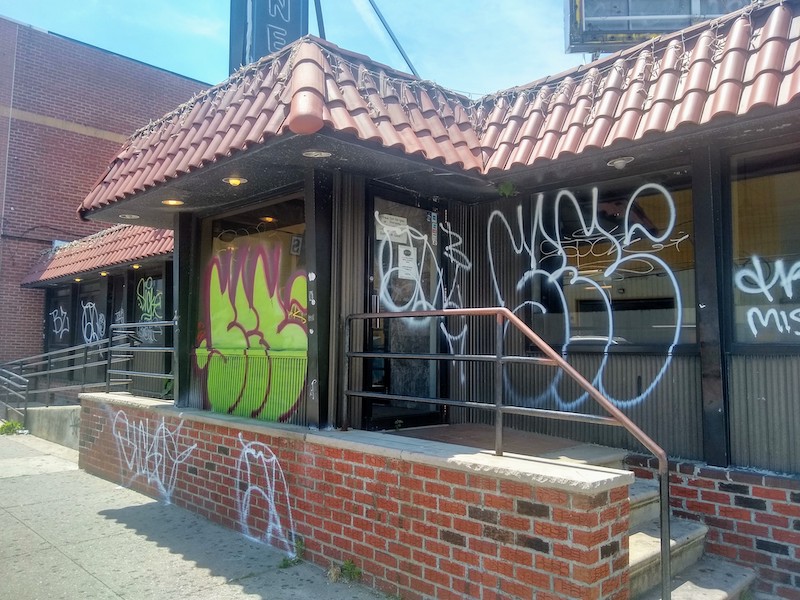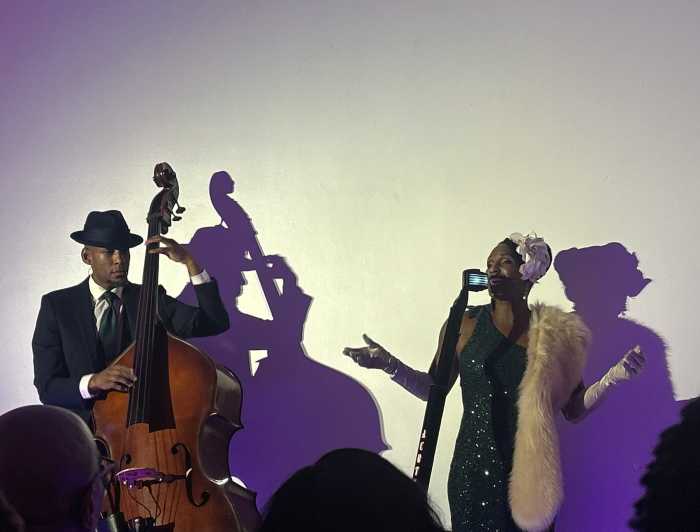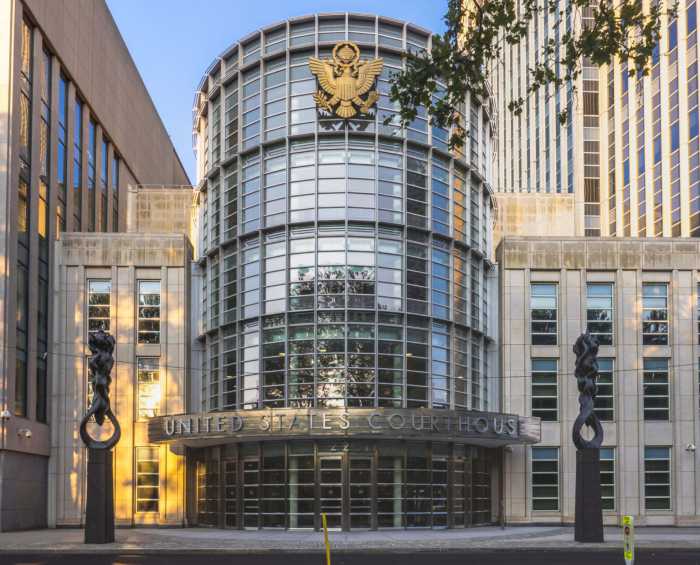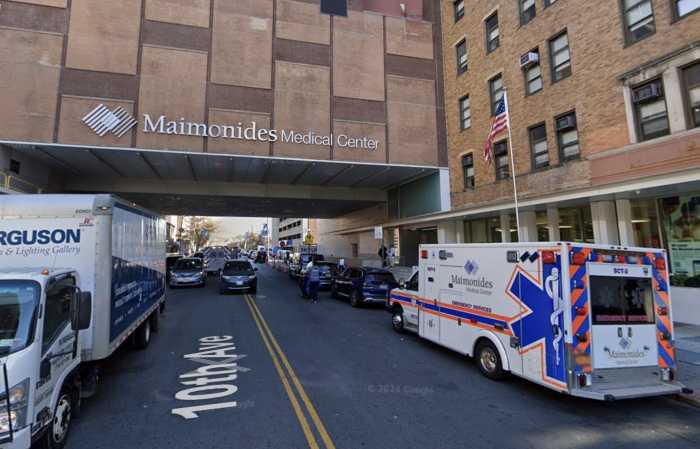Mike’s Diner, 630 Utica Avenue, at the crossroads of East Flatbush, Brownsville and Crown Heights, was not a pinnacle eatery or a four-star Michelin rated establishment, but its regulars liked its classic diner foods and waitstaff that could make anyone feel like family.
Sunday morning breakfast crowds were just as beloved as the afternoon construction guys on their lunch breaks or the sweaty late-night clubbers looking for a fix of pancakes at 3 a.m. Poorly hung pictures of celebrities and Brooklyn’s finest peppered the walls. They had spinning, upholstered stools at the bar and used an old-timey cash register at checkout.
It was familiar.
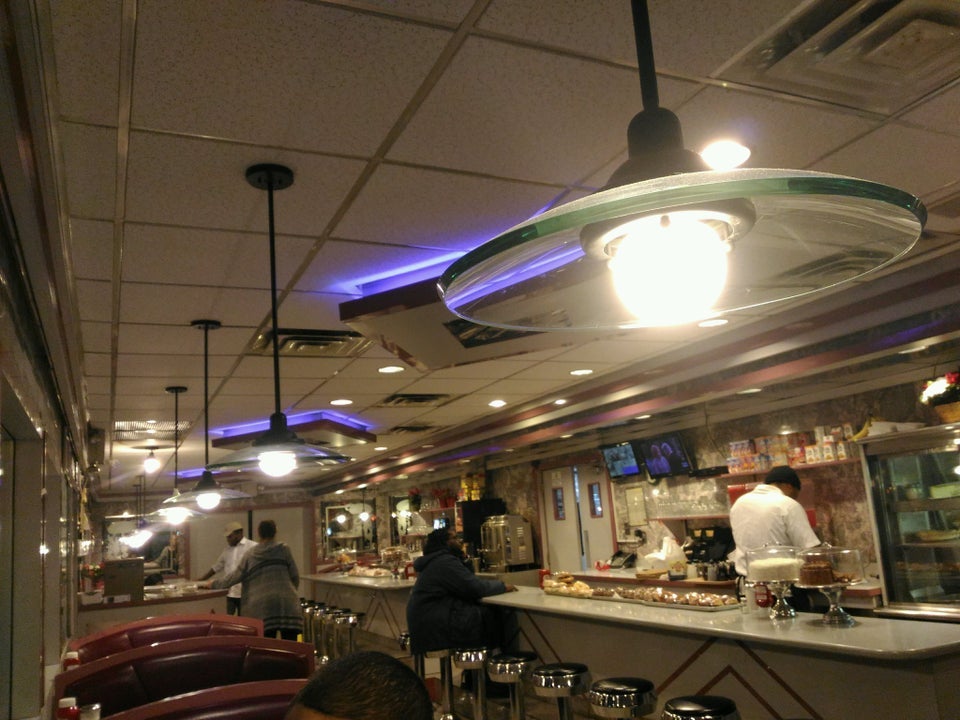
But for the last year, Mike’s Diner has remained vacant, shuttering suddenly one afternoon in 2019. It’s usual staple of a yellow neon sign, dimmed, and eventually, appears to have been smashed out. The unique building has fallen into a state of dilapidation. After months of shut-in and protesting, New Yorkers took to decorating it in the only way they know how– graffiti, trash, and loitering. A large razor-wired, chain link fence blocks off the once busy parking lot.
The diner’s owners for the last 15 years, joint tenants Spiros and Andrea Kourkoumelis, reportedly left only a plain note on the inside of the door thanking customers for their patronage.
The 7,515 square foot diner that stretches across the corner of Utica Avenue and Winthrop Street, was initially built in 1931, and according to “Diners of New York” by Michael Engle and Mario Monti, was one of the few classics left from the 1925 to 1945 golden age of diners in the city.
East Flatbush, and neighborhoods like Williamsburg, East New York, Canarsie, Bensonhurst, Bay Ridge, Sheepshead Bay, Flatlands, and Bath Beach, were all home to these retro diners, and in some cases, continue to serve primarily residential and now racially diverse areas.
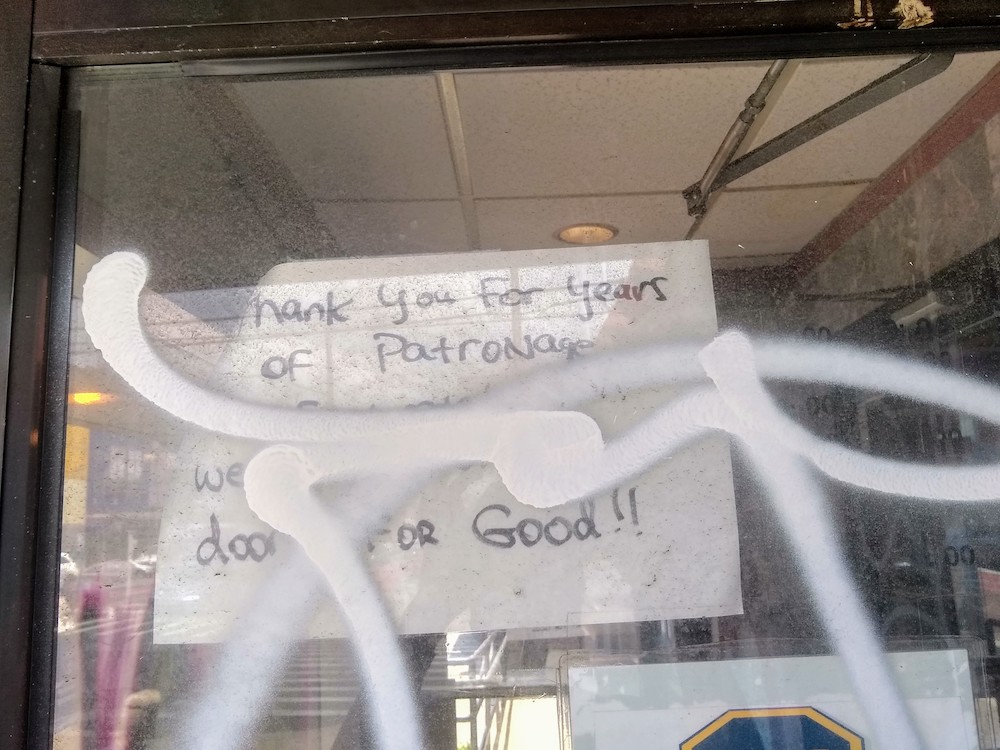
“Diners play their own small part in keeping a neighborhood together. A good diner is a place where the owners are more than owners, they’re a caretaker of an important piece of community,” said Engle.
He and his co-writer, Monti, who has unfortunately passed away, chronicled Brooklyn diners.
“A fair number of newer immigrants were taking over for Greek owners,” said Engle, speaking about Monti’s research into Greek-owned ‘American’ diners. “Many of them would start as dishwashers at a Greek-owned place, and then when the Greek owner wanted to retire, and the kids had no interest taking over, they would often step up.”
A story about diner origins that can be found all over Brooklyn, includes this one about The Arch Diner, 1866 Ralph Avenue in Flatbush. The Arch is still owned by the incredibly successful Livanos family.
Architecturally, Mike’s is considered a “DeRaffele” diner building renovated into a Mediterranean style, which means it’s signature “red tile mansard roofline, large windows, and brick siding” are antediluvian but authentic.
Angelo DeRaffele, and his son Phil, became the largest manufacturer of diners at one point in the 1930s and 40s. Their diners were made to resemble railroad dining cars, and it’s a family tradition that continues today from their home in New Rochelle, New York.
Brooklyn’s small businesses are gradually reopening as part of Phase 2 of New York City’s plan. There are plenty of restaurants that survived COVID-19, and there are still plenty more that will not.
“Businesses that have been crushed by Covid-19 are eager to reopen their doors and welcome back customers,” said Brooklyn Chamber of Commerce President Randy Peers, who recently launched a $500,000 grant program to provide personal protection equipment (PPE) to small businesses to keep them afloat during any additional waves of the virus.
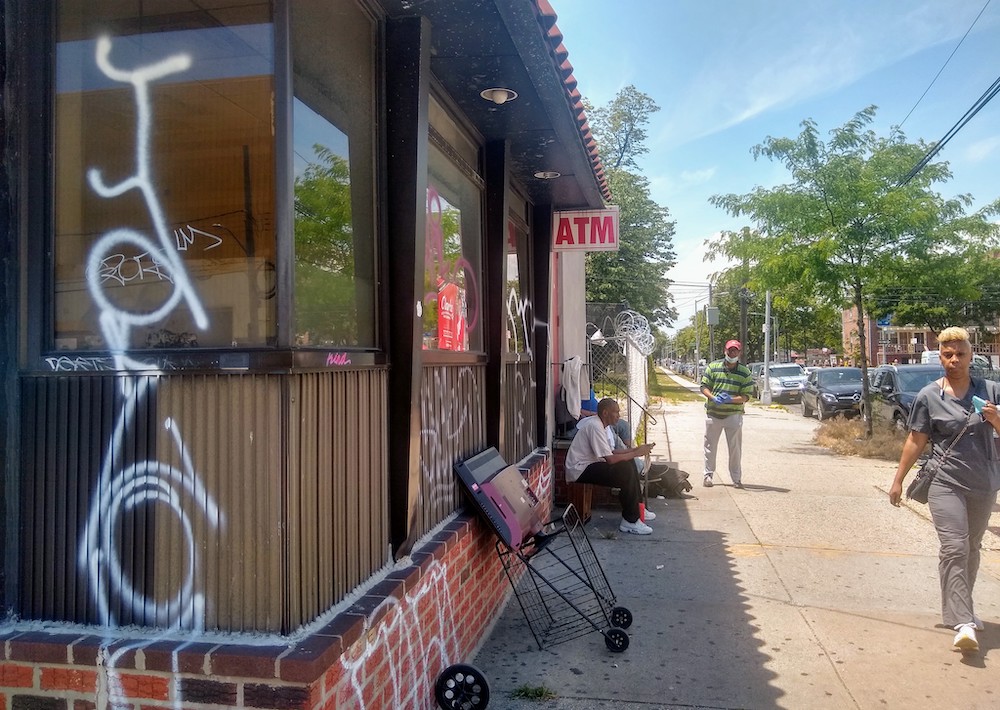
A place like Mike’s Diner, however, predates all this current chaos and will seemingly never be back as it was.
The Kourkoumelis’ couldn’t be reached to ascertain why exactly Mike’s closed, or who ‘Mike’ was since none of the owners dating back to the 1970s had a similar name.
For now, Community Board 9 said their office has not been advised of any future plans for the site, and there are no building filings yet.
A CB9 spokesperson said they will reach out to the city’s Department of Housing and Preservation Development (HPD) as well as to the Department of Health (DOH) to address any safety or property damage concerns or to request an inspection of the property.


